This synthesis paper was prepared by the Antioch Center for Climate Preparedness and
Community Resilience Team, with support from the Climate Resilience Fund, through the
Coordination and Collaboration in the Resilience Ecosystem 2021–22 grants round.
This paper introduces and amplifies principles and best practices for centering equity
in climate resilience planning and action. The audience is primarily users of the U.S.
Climate Resilience Toolkit and its Steps to Resilience. Climate resilience is the “capacity of social, economic, and environmental systems to cope with a hazardous event or
trend or disturbance, responding or reorganizing in ways that maintain their essential
function, identity, and structure, while also maintaining the capacity for adaptation,
learning, and transformation.”
Equity is a frame, a goal, and a process, and as such, it cannot be boiled down to a
linear step-by-step recipe. A summary of best practices is a useful way to begin understanding of the subject matter. It does not substitute for lived experience and cannot
do justice to a topic as complex as equity. Becoming an equity-focused climate resilience practitioner requires years of open-minded and open-hearted study and immersing oneself in environmental justice communities to understand lived experiences.
The ten-practice approach we have outlined in this paper is a simplification of a nonlinear, circular process based on mutual feedback and evolving relationships. Climate
resilience practitioners can approach this document with the understanding that using
this guide may begin a genuine transformation in approaching climate resilience,
adaptation and mitigation efforts in collaboration with communities.
The analysis, principles, practices, and other resources presented in this paper draw
from peer-reviewed scholarly literature as well as—importantly—from gray literature
(e.g., county/municipal, nongovernmental organization and think tank reports) in
addition to our own research in collaboration with community partners, Eastie Farm
and Communities Responding to Extreme Weather (CREW). Our research also included semi-structured interviews with subject matter experts and observation to understand
ways to authentically engage with communities in centering equity. Our goal is to
highlight and amplify the exemplary contributions to practice from these sources.
Transformation is beginning. Large cities in the U.S., which tend to be places where
people of color and large inequities are concentrated, are increasingly recognizing
the importance of equity to climate resilience. Our review of the literature surfaced a
number of recent climate resilience plans in which equity plays a large role. We highlight these plans in this paper’s section of Case Studies (see Appendix A). However,
these approaches are still relatively new, with much to improve on. They are also far
from being mainstream in the field of climate resilience and sustainability. Our intention is that this guide will contribute to popularizing this approach and provide a starting point for implementing best practices to centering equity in climate resilience.










